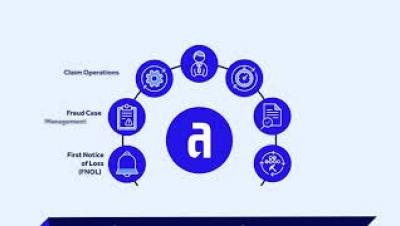Low-Code vs. No-Code: What it Means for Insurance
As insurtechs and tech giants continue to disrupt the market, traditional insurers are under increasing pressure to modernize and keep pace with customers’ digital expectations. This trend shows no signs of slowing down. In fact, global insurtech investment reached a record $7.1 billion in 2020, with overall funding up 12% from 2019, according to Willis Towers Watson. It seems like everywhere you look there’s new technology promising to solve business challenges or inefficiencies.





